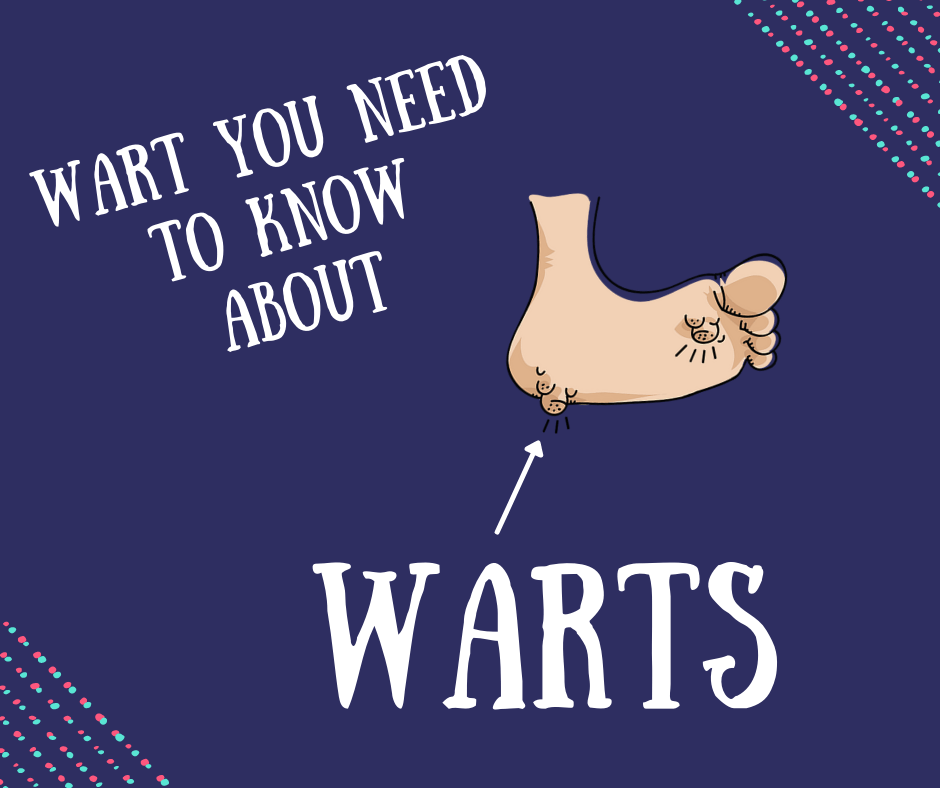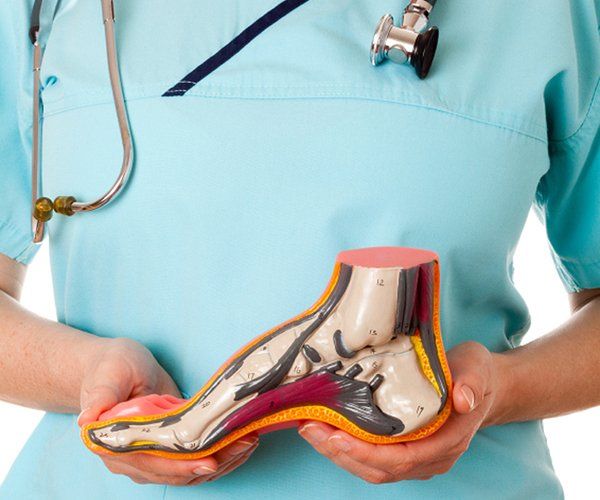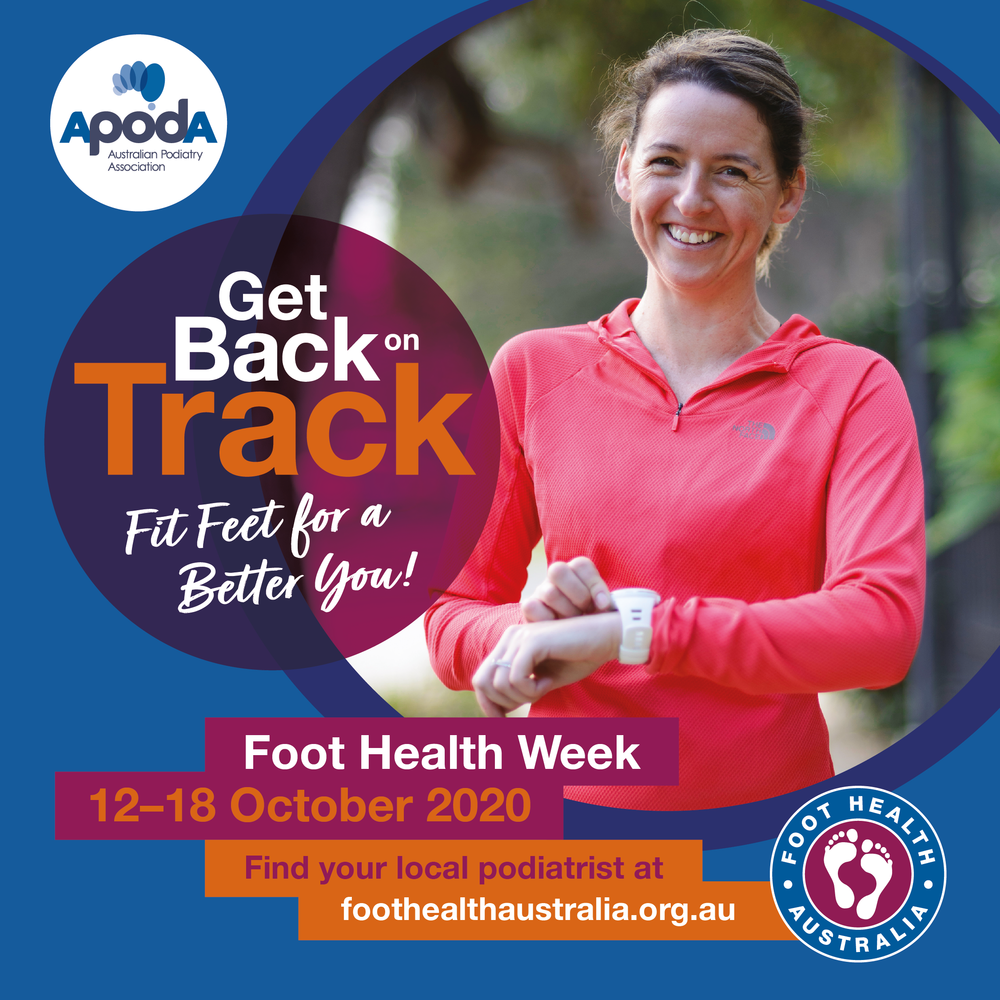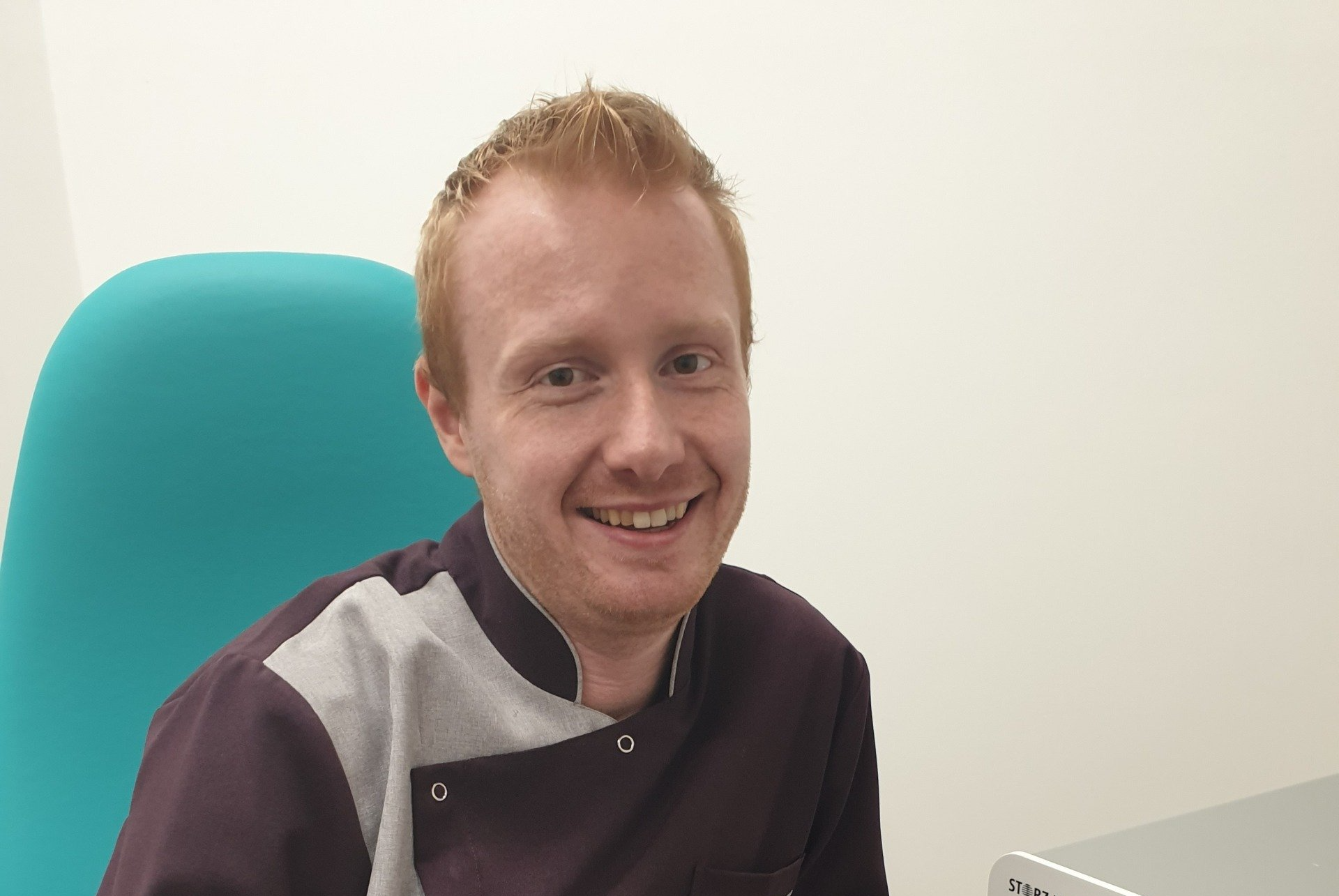Have you tried Shockwave Therapy? A shocking question!
“Would you like to stick your toe into the mains socket !?!”
Is probably what many patients hear when they get told “shockwave therapy is another treatment option”.
As a practitioner using shockwave therapy just about every day, it is easy to forget that many people haven’t come across the therapy let alone know how it works.
Last week I had a rather interesting consult with a patient suffering with chronic heel pain (plantar fasciopathy for those who like to do extra reading).
This patient had ended up in the my consultation room as they had been advised by their orthopaedic surgeon that there was one more treatment option left before surgery would be all that was left.
As with all my consults, we began with the “show and tell” (history taking, to be technically correct). The longer we spoke, the longer it became clear, this heel pain was not going to go away without a fight! New shoes, custom orthotics, stretching, strengthening, activity reduction, ice packs, pain killers, cortisone injections and even vinegar soaks (luckily for me, this was not a recent treatment). I start thinking to myself “okay, this is not going to be easy”.
After concluding both the history and assessment parts of the consult, I without much thought asked “have you tried Shockwave Therapy”. Now I can only describe what I saw as the face of complete fear. The blood almost instantly drained from their face and no louder than a whisper they replied with “I thought that was illegal”. I quickly joined the dots and realised the patient thought I had offered ElectricShock Therapy a drastically different treatment. I am pleased to report that after lengthy clarification the patient returned to their normal self and we proceeded with the treatment.
So where am I going with this, well, I thought at that moment, I should probably write a 101 for this therapy and perhaps take a page from our American colleagues.
So what the hell is Shockwave Therapy (or Pulse Wave Therapy)?
Put simply, Shockwave Therapy uses acoustic pressure waves to trigger the body’s natural healing capability. The technology which was originally used to break up kidney stones has evolved for the treatment of chronic non healing pathologies of the musculoskeletal system.
There are 2 methods used to produce these waves, Radial and Focused. The names tell us everything we need to know. With Radial shockwaves the pressures waves radiate from the hand-piece (like a speaker, the closer you get, the stronger the wave). In contrast, Focused shockwave are precise (like a magnifying glass under the sun, the wave focus onto a small target).
You can tell the difference as one sounds like a jack hammer used to break concrete (Radial) and the other produces a ticking sound (Focused). If you are one of the few that have already had shockwave therapy, you have probably had the former, which while it achieves results it is unfortunately a more unpleasant experience. Here at the clinic, we use a Focused machine, more powerful and more importantly less painful.
What does it do to the body?
1. New Blood Vessels
By applying pressure waves to areas of chronic non healing pathology, shockwave therapy can stimulate the body to produce new blood vessels. By increasing the number of blood vessels in the area the body can deliver higher amounts of healing factors found in the blood.
2. Activation of a fresh inflammatory cycle
Now, inflammation gets a bad name as it is so commonly the cause of pain. However what we tend to forget, is that, inflammation when new, is the body’s way of identifying areas that need healing. One of the key components to inflammation is the ability to increase the sensitivity of an area to pain. The trouble comes when the inflammatory cells stick around. When exposed to the sudden pressure change caused with shockwave therapy these lingering inflammatory cells become activated and get back to work.
3. Reduction of Substance P
Substance P (the P just stands for Preparation), anticlimactic I know, is a substance produced by the body involved in the early stages of pain production. However, this substance also plays a role in promoting blood flow and healing. Now shockwave therapy works a little like “you’ve got to go backwards to go forwards”. Following a treatment of shockwave pulses the treated area becomes a little “angry”. This temporarily increases the release of Substance P (which can make the area a little more tender), however by temporarily increasing Substance P concentrations, the bonus function of promoting tissue healing can occur.
4. Hyperstimulation Anaesthesia
This is a fancy way of saying, we get the pain nerves to say “the computer says no”. As a treatment will generally consist of 2-3 thousand pulses, the nerve fibres (especially those that produce pain) become overwhelmed. As these nerve fibres can’t keep up with the number of pulses, they decide to take a break for a short period of time. As a result, the overall pain produce by the tender area reduces.
"So does that mean shockwave can wave any pain goodbye?"
I am afraid not. Trust me, if I could use it on and also improve every pain condition that affected the feet I would. The key understanding when it comes to Shockwave Therapy is the distinction between Acute and Chronic pain. When we have just injured ourselves, our bodies jump to action and conduct all the steps I mentioned above. The last thing we need to do, is come along and start poking the already angry bear! However, when we have an injury that happened months or even years ago, our body needs a helping hand or a “shock” to get back to work.
What conditions can benefit from it then?
So I don’t end up sounding like some boring Wikipedia page I have summed up the clinical applications below. This is just a simple overview, if you have a particular question, please, get in touch:
Tendon pain
(I won’t list them all, ain't nobody got time for dat!) hamstring, patella, achilles to name a few.
Fibroma
Or to impress your drinking buddies (Morbus Ledderhose)
Nodules within in the bottom of the foot
Bone conditions
Conditions such as shin splints, stress fractures and non unions (non healing fractures)
Muscles
Tight muscles with or without trigger points.
Probably time I wrap it up as I could go on and on and on and bore you silly. I hope this brief intro into the world of Shockwave Therapy can help demystify what it is all about. I am always happy to answer any questions, so please feel free to reach out.
Bye for now,
Andrew Hadley
Share





